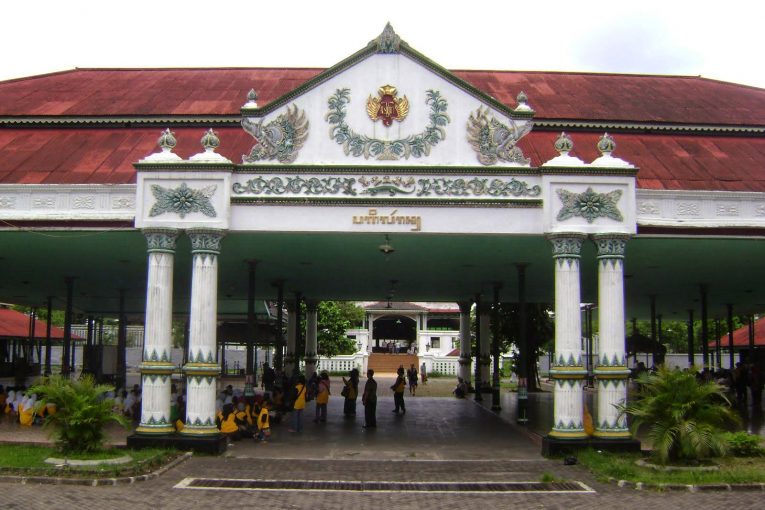
The Meaning of Keraton Area and Its Surrounding as a Space Interaction based on The User Perspectives is a research thesis written by Rivi Neritarani with her supervisor Prof. Sudaryono, Ph.D. and Deva Fosterharoldas S, Ph.D.
Kraton and its surrounding areas are one of the special areas in Yogyakarta City, as a preserved cultural heritage area. As a preserved cultural heritage area, this area becomes the main tourist attraction in Yogyakarta City. The uniqueness and peculiarity of this area trigger some activities by space users in this area. The space users that do some activities in this area also do some signification processes of the space. The objectives in this research are (1) to analyze the significance of Kraton and its surrounding areas based on the user perspective, and (2) to assess the formed factors of the space significance of Kraton and its surrounding areas. This research uses an inductive-explorative approach to build comprehension of space significance based on the activities that occur in the field by accommodating some pieces of information as much as possible. The space significance of Kraton and its surrounding areas is acquired by participatory observation with an in-depth interview method. The interpretation method of space significance in this research is a verstehen method that divided into two stages. The first stage is to assess the space activities phenomenon by observing the repetitiveness of the activities that occur in these areas. The second stage is to interpret the space significance by assembling the implicit messages contained in the phenomenon. The results of this research are the spatial significance of Kraton and its surrounding areas as well as its constituent factors. The space significance of Kraton and its surrounding areas are arts, cultural, historical, ecological, psychological, economic, social, educational, and religious significance. The nine-significance can be assembled as a space that accommodates the human interaction with God (hablum minallah), human interaction with human (hablum minannas), and human interaction with nature (hablum min alamin). The significance of Kraton and its surrounding areas is as an interaction balanced space for space users. The constituent factors of the space significance are the space as an object, space user appreciation of the space, space user psychological factors, educational tools requirements factors, space requirements factors, benefit factors for life, religious factors, and physical and mental integrity factors of dedication.
